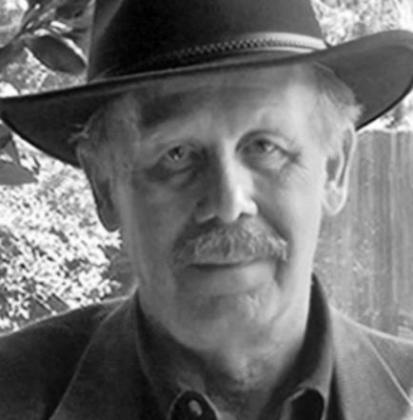Just when Texans started to think the Spanish Flu had finally run its course, on Feb. 4, 1920 the State Health Department reported 2,514 new cases in the past 24 hours.
The deadly strain of influenza that caused the worldwide epidemic at the end of the First World War was called the Spanish Flu because the outbreak in that country that killed eight million in May 1918 received the most attention. As a noncombatant, Spain had no wartime censorship. Interestingly enough, the Spaniards themselves named the scourge “the French Flu.” The Great Pandemic was genuinely global in scope. The only place on the planet to escape the calamity was a small island deep in the Amazon jungle. No one really knows how many lives were lost, but estimates of the worldwide death toll ranged from 40 to 100 million making the twentieth-century pandemic the deadliest in human history.
The Spanish Flu struck healthy individuals, usually the young rather than the old, without warning. In a matter of hours, victims were too weak to walk and had to take to bed. Of those that died, the end often came the very next day. The stricken rarely lingered longer than three days after infection.
The symptoms were ghastly. As the lungs failed, victims turned black or blue from lack of oxygen and bled from the nose, ears and eyes. And, as one historian wrote, “Patients would writhe from agonizing pain in their joints.”
Although victims were advised to send for a doctor as soon as they came down with Spanish Flu, there was little a physician could do when he arrived. Penicillin would not be discovered until 1928, and it was not until 1943 that an influenza vaccine became available. The first documented case in the United States occurred on Mar. 11, 1918 at Fort Riley, Kansas, when army cook showed up at sick call with a temperature of 103. Forty-eight hours later, 522 soldiers were flat on their backs.Later that summer, a more virulent form of the Spanish Flu, undoubtedly carried by returning doughboys, hit Boston. The sickness spread like wildfire through the crowded cities on the East Coast, killing 800 a day in New York City, before heading west.
In the absence of a scientific explanation for the cause and with no cure, hysteria and ignorance filled the void. One popular theory was that the Spanish Flu was part of a germ-warfare attack by the Germans, while others blamed cat hair and coal dust. The long list of useless home remedies included everything from onions and garlic to goose grease.
The Surgeon General’s antidote for such nonsense was four basic precautions: 1) “Keep out of crowds.” 2) “Cover up each cough and sneeze.” 3) “Do not spit on the floor or sidewalk.” 4) “Shun the common drink.


